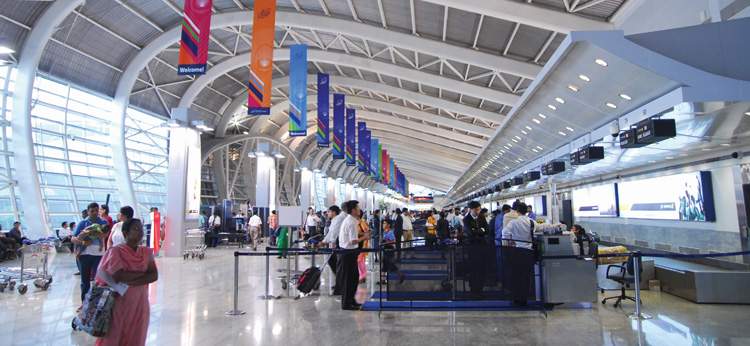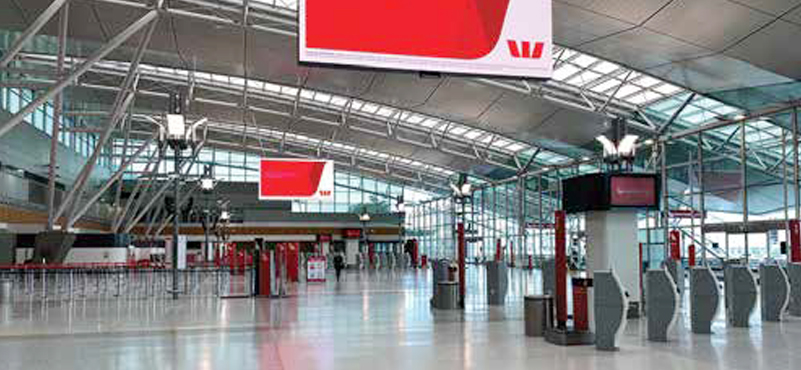PPP mode of investment is finding many takers once again, reads the latest CAPA report. Although, airlines are back in black after a long while, thanks to global downfall in oil prices, apart from some key airports, most small-sized airports continue to operate in red.
Owing to easier availability of finance and gaining popularity of investors in the air-transport infrastructure, because of a long-term cycle attached to it, the phenomena of privatization of airports has gained traction, once again. “Privatization or at the very least their corporatization into independent business units that behave along business lines, has again become fashionable. This follows a dip in transactions and prices during the period of the global financial downturn from 2008-2012,” reads the report.
Highlighting that, probably for the first time in several decades, airlines across the world were not caught in a tussle for survival, it reads that “on the other side, many countries are facing low levels of economic growth where infrastructure funding, while vital, is not possible out of the public purse,” further detailing the reason behind the change in trend.
Global markets have their own issues
Cautioning, however, that on a global level, the state of regional and international economy, along with exogenous event were going to continue determining the value of airports, it points towards different markets and bottlenecks therein. It notes that in BRICS nations, all nations apart from India were having issues related to economy and Russian markets have continued to suffer at the hands of economic sanctions by western nations as retaliation to Russia’s maneuvers in Ukraine. “Brazil, which is about to go into its third tranche of airport concessions, and this time probably without the state operator retaining any interest in those airports, is beset by economic, political and health issues,” the report reads.
European countries have their own issues at hand with fast changing political landscape. There are concerns about the Great Britain going for a referendum in the coming months to decide whether or not to continue in the European Union, which could have a cascading effect on the rest of the member nations, eventually influencing the open market for air service with Europe, although it was not really clear on how it would happen, that would remove much of the certainty that industry seek in infrastructure and future business prospects.
Airlines improve balance-sheet, but airports continue in losses
While it is true that passenger volumes have considerably risen in the previous years, but the major conundrum of the airport industry lies in the fact that despite good-showing of several airlines, airport industry is losing money. “One of the biggest problems facing the airport industry is that most airports in the world are small, with high traffic volumes concentrated in only a handful of airports. Therefore, the airport industry faces a conundrum: although the industry – as a whole – appears to be profitable on the aggregate level, with returns on invested capital currently approximately 6.3%, the majority of airports are actually in the red on their financial statements,” the report puts forth. Adding that there was nothing new about this and it had been the case for several years, the report supplements “the only change is that the percentage of airports that are losing money (i.e. making a net loss after capital costs and taxes) declined a little recently, but in ACI’s 2015 Economics Report it was still 69%.”
Privatization moving at a snail pace in India; new policy could bring in some change
Taking stock of the state of privatization in India, CAPA report mentions that efforts related to privatization were put on the backburner after the Modi government came to power. “The Modi government that was elected in 2014 felt unable to proceed with the previous government’s plan to privatize six more airports by PPP concession, opting instead for technical co-operations and not even management contracts, which cannot be concluded without a public tender,” reads the report on how privatization has fared in the aviation industry in India. Stating that the strategy reversal seemed to have been prompted by fears of a hike in airport charges and intense trade union resistance, it notes that the PPP model that would have been used was different from the one adopted for Delhi and Mumbai airports 10 years ago as Airports Authority of India would not have retained any equity stake. “There may some developments when the new civil aviation policy is announced in the next few weeks,” it reads.
To sum up, the report signals towards strong airport financial performance coupled with much improved circumstances (for now) for their airline clients as reasons for are-invigorated interest in airport assets. However, what continues to bog down airport operators is the fact the due to high concentration of airlines on limited number of big airports, many of the smaller airports, world-over, are losing money, and it remains one of the key conundrums for industry experts. While India might be going slow at the moment, the report expresses hope that with the launch of the new civil aviation policy, there may be a renewed interest in the subject. The report concludes by stressing that privatization as a medium of involvement will remain imperative to the overall growth of the sector.




































